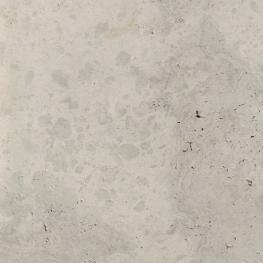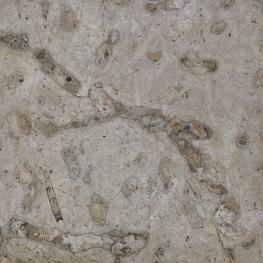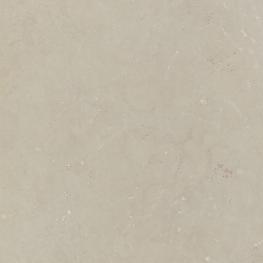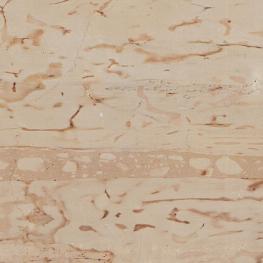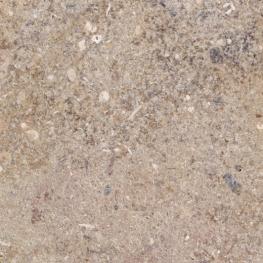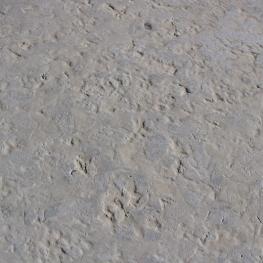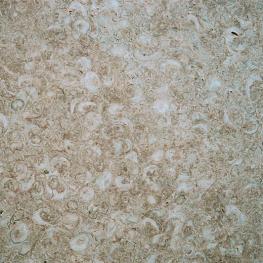Estonian limestones
Most of Estonian limestones have evolved during the Ordovician and Silurian periods (500 to 408 milion years ago). Limestone is sedimentary rock and it's thickness in Northern-Estonia is just a little over 100 m, in Southern-Estonia it may be as much as 800 m. Below the Pärnu - Mustvee line limestone sometimes appears even on the ground, though it is mostly covered with a thin layer of Quaternary sediments. In southern areas limestone is also covered with a thick layer of Devonian sandstones.
Estonian limestones and dolomites have been in use as building materials for about 3000 years, thus being the second most important building material after wood.
Over the last ten years the use of limestone has increased and the following Estonian limestones are offered at the moment:
Research is being carried out with several other limestones, but they aren't available yet.
Estonian limestone is a beatiful and durable material if it is used wisely. Every limestone has it's own strengths and weaknesses, so each has it's own best place to use. Using is more difficult because of the matter that as a natural material limestone is not homogeneous and each type of lime divides into several layers and subdivisions, which qualities can differ.
In order to avoid mistakes with the use limestone please ask advice from specialists.
Limestone is the national stone of Estonia.

